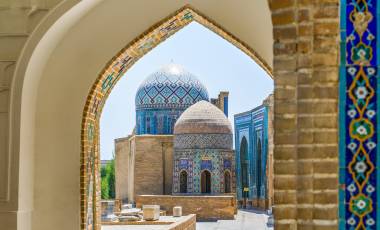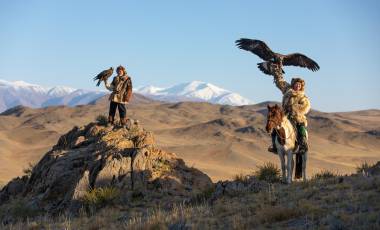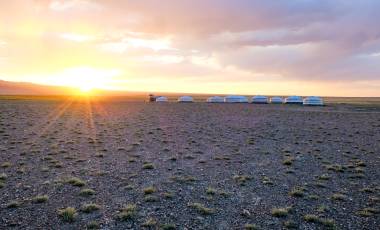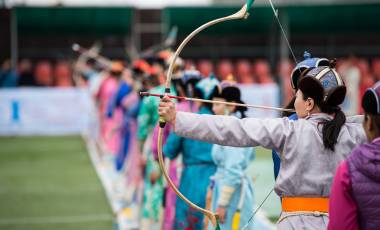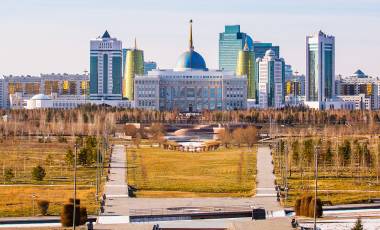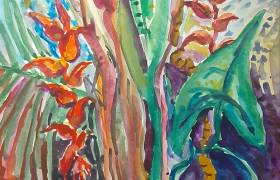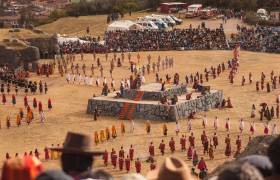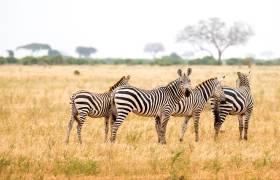Read time – 4 minutes
Interest in Central and Eastern Asia is booming. But what makes this part of the world so special? We ask Exodus’ experts to shed a little light…
Unless you’ve been there, the vastness of the Eurasian steppe is incomprehensible in its enormity. Stretching from the banks of the Danube in the west, to an indeterminable point beyond the border of Mongolia, the windswept grasslands punctuated by brooding, desperately cold mountains and the occasional city, may at first glance seem a lonely place.
But don’t allow yourself to be deceived. Scratch the surface of the tiniest fragment, and beneath you’ll uncover a wealth of rich history, ancient traditions and, of course, the culture of the nomads.
 Horses grazing in the meadow
Horses grazing in the meadow
Words from Tom Harari
“Travelling in this part of Central Asia is not just a trip through historic cities and mountains dotted with yurts, but a journey through time,” says Exodus product manager Tom Harari, the person behind our three new adventures in the region.
“It’s an adventurer’s wonderland. The remains of the Soviet Era, the rise of Islam, the great Persian and Mongol invasions are all around.” It’s the overlapping and layering of these eras, influences and empires which creates the unique appeal of this part of the world.
 The Kalyan minaret
The Kalyan minaret
The Silk Road
All this is characterised by the spaces in between. This is where the famous Silk Road trading route traced its way from east to west, connecting the great civilisations of the Mediterranean and China.
For centuries, great caravans of merchants made their way through deserts, across steppes and over mountains. Gunpowder and spices, precious woods and precious jewels, wool and, of course, silk – you name it, it was traded along the Silk Road. But what went along with these goods and sales was even more interesting: ideas.
The Silk Road created a melting pot of cultures, as well as marketable goods and moneymaking potential. Art and religion spread in both directions, with grand cities quickly emerging alongside the nomadic tribes of eagle-hunters. These cities, dominated by their impressive architecture, defy many expectations – the capital of Kublai Khan, grandson to Genghis, was known for its diverse population.
In the words of Tim Cope, author of On the Trail of Genghis Khan, the city “was symbolic of the way Mongol rulers amalgamated the diverse cultures, beliefs, and skills of their domains.
In it were built a shrine for Confucians, an altar with Mongolian soil and grass from the steppes, and buildings of significant Chinese architectural influence…one can only imagine it must have been a city of grand cosmopolitan dimensions.”
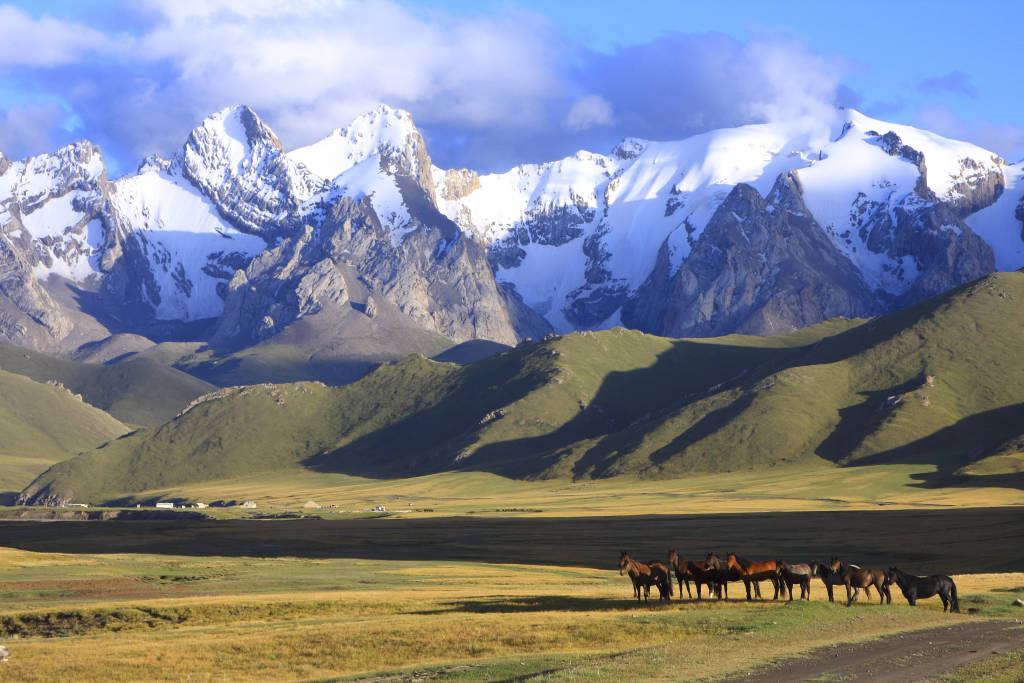 Mountains of Kyrgyzstan
Mountains of Kyrgyzstan
Yurts beneath the stars
But to get a real feel for this place, you need to see life away from the cities as well. One of the most memorable experiences is to spend the night in a yurt, or ger, depending on whether you’re in one of the Stans or Mongolia respectively.
Although it’s easy enough to find a tent of similar shape at glamping sites closer to home, the experience is totally different when you’re out on the steppe, with the huge sky expanded above you with stars strewn across the inky blackness, and a nomadic family as your hosts.
 Yurts under the starry night sky
Yurts under the starry night sky
Exodus customer Caroline Bradley sums up her experience perfectly in her web review. “Staying in the Yurt in the mountains in Kyrgyzstan was wonderful. No light pollution so you can see the Milky Way and shooting stars! But be prepared for it to be very basic and rustic!
We ended up sitting around the campfire singing and drinking vodka watching the night sky.” The Silk Road is overall rated 4.7 out of 5 by your online reviews.
 Yurt campsite
Yurt campsite
In a jigsaw puzzle of countries with many different ethnic groups, races and complex intertwined histories, you’ll also have the chance to spend time with some of the different groups.
You’ll learn more about their individual, and mixed, heritage. “The Dungan are a small minority descended from Chinese women and Arab traders,” explains Tom. “They have their extraordinary cuisine which we get to sample.”
In Mongolia, perhaps the best known of the Steppe countries, famed for its ferocious warriors in the time of the Mongol hordes and has retained its reputation for formidable horsemanship, you can go one further.
Mongolian Festivals
The Mongolian festivals are a sight to see, as nomadic communities come together briefly to celebrate. There’s the three-part Naadam festival, where the spectacle of the ‘Three Manly Sports’ of archery, horse riding and wrestling make for a raucous celebration.
Add in the fourth sport of ‘ankle-bone flicking’ and you’ve got a concoction as intriguing as the fermented mare’s milk which fuels the nation. Or you can dedicate two full days to the Golden Eagle Festival, where you’ll see the ancient art of eagle hunting alive and well.
An immersive festival experience is one of the few opportunities anyone will ever have to see these people gathered together – it’s a privilege to see.
 Mongolians wearing traditional clothing
Mongolians wearing traditional clothing
And now is the perfect time to visit. Momentum is gathering for this incredible region, but the world has yet to smooth the edges of its rugged, adventurous appeal.
You’ll find signs of the western world have snuck into daily life – the satellite dish on the side of the yurt, the mobile phone in the saddlebag – but they’ve managed to find room amongst the nomadic traditions, rather than obscuring them. The Exodus prediction is these countries are only going to increase in popularity; so now’s the time.
Browse more of our trips to Central and Eastern Asia below.

